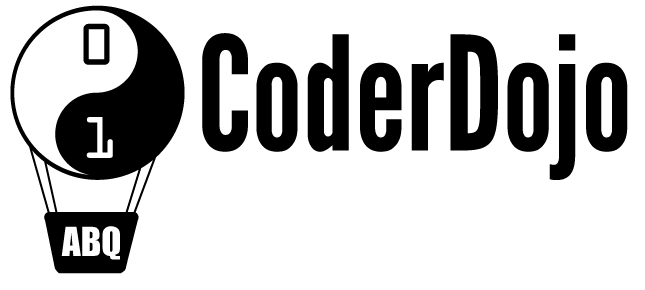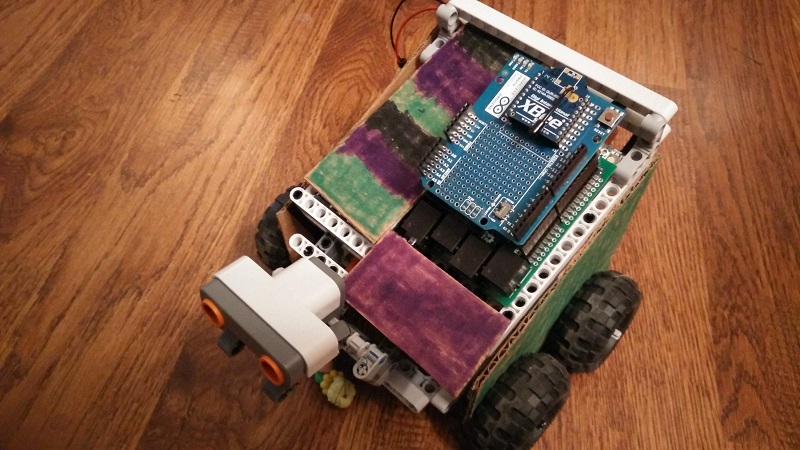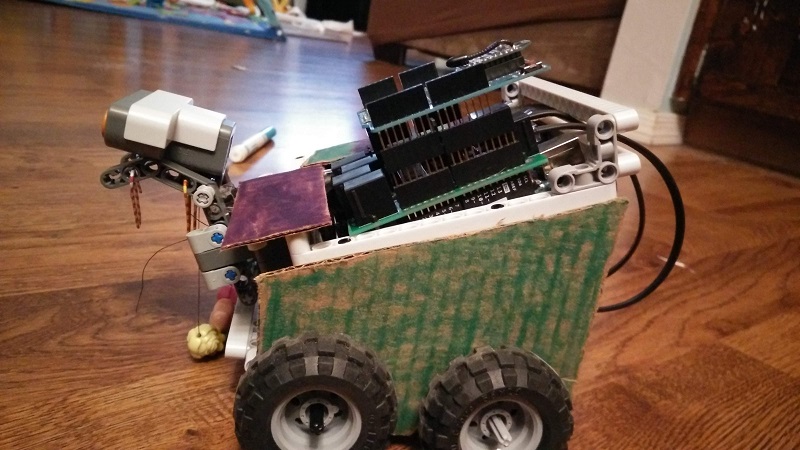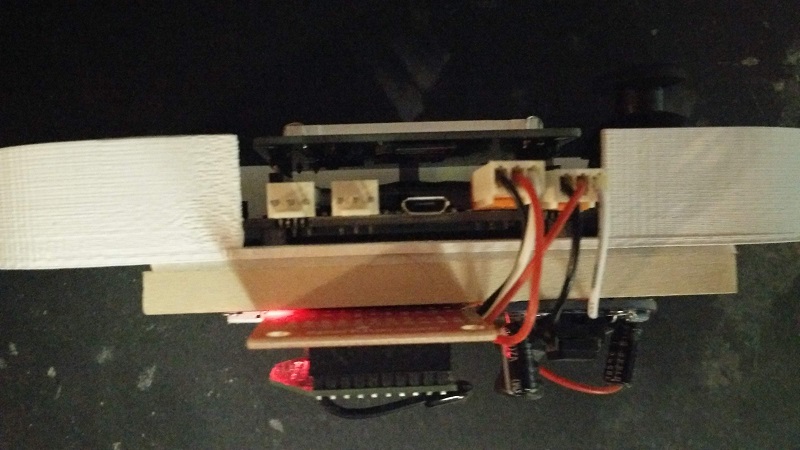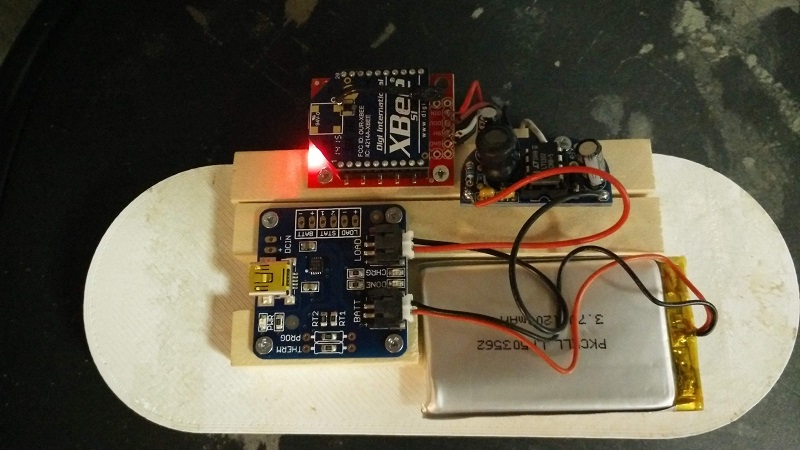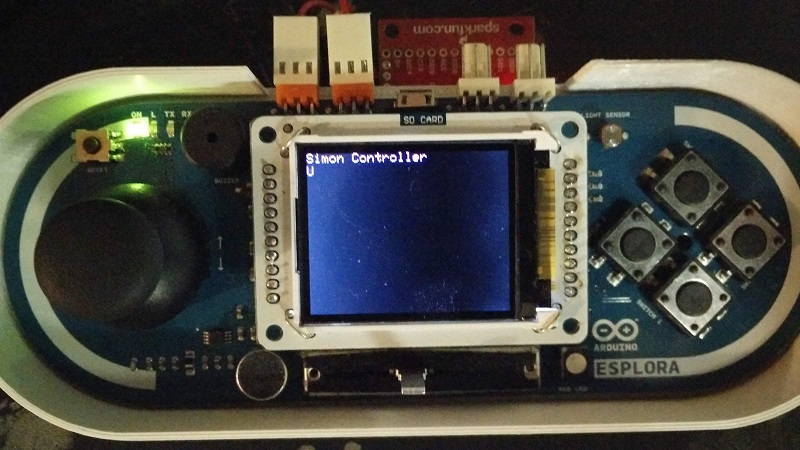CoderDojo ABQ has been one of the most fun and rewarding experiences I have ever had. I have to thank the community of Quelab and all of their encouragement, support and volunteers. Without such an amazing community this would not have been possible.
I have put together a list of numbers people might find interesting. These are rough numbers and I know there are several issues:
- I don’t have the age for every youth that attended,
- There were people that attended and did not register, I always got them the first time, but if they continued to come without registering I didn’t always get them
- If people came late I didn’t always remember to mark them as having attended
- Kids get older, but I am using their age from the time they first attended.
So with that in mind the absolute numbers are probably under reported in quantity and age, but the metrics will be close.
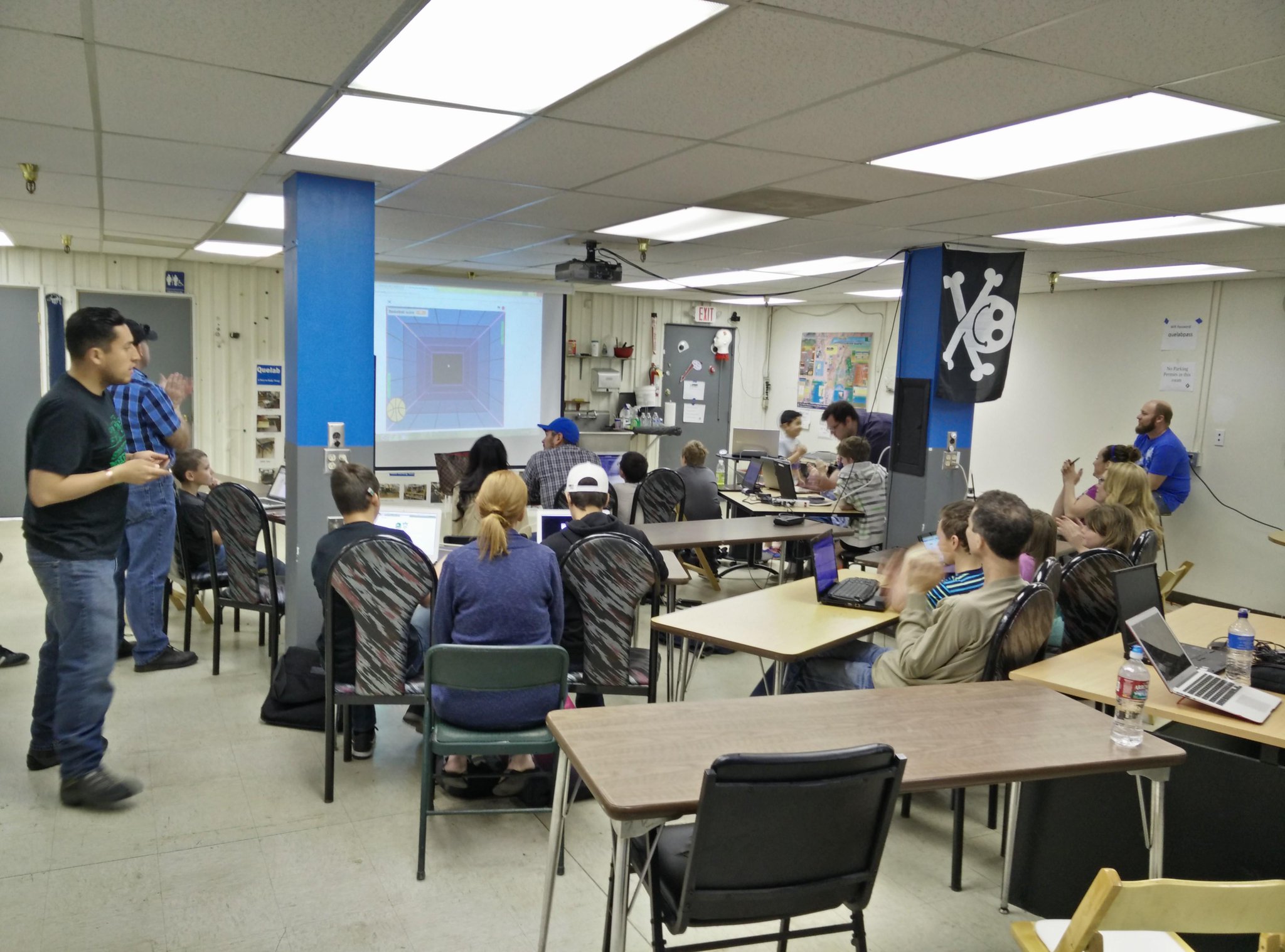
The Numbers
There were 17 sessions of CoderDojo ABQ.
56 different youth came at least once, 37 boys and 19 girls (66%/34%).
30 youth came more than once (56%)
I counted 163 total youth attendance (326 hours of youth coding)!
This is an average attendance of 9.6 youth, however, this is heavily weighted by the massive attendance when it first started. Typically 6 – 10 come now (median is 8).
50% of the youth were under 11.
35% of the youth were between 11 and 13.
15% of the youth were older than 13.
The average age was 10.7, median 10.5, mode 12.

The Rewards
This has been an extremely rewarding experience. The best part is when the just ‘get it’. Either they start understanding it or just feel comfortable enough with programming to start experiments and breaking the system. For example, when they start putting things into infinite loops, knowing it will break, but wanting to see how or in Unity when they start messing with gravity or collisions or speeds knowing it will mess up, but wanting to see how.
I have come to believe that basic programming is going to become a new literacy and I am excited to give these kids a head start on it. I have to constantly balance the desire to get every kid in here, with the fact that packing Quelab is with kids is stressful. I do prefer the smaller sizes now than the larger sessions from when it first started. I don’t get to learn about each youth as an individual and spend most of my time trying to organize things and stressing out. I do want more kids to have a chance to program and hope schools, libraries, etc will offer more chances to code. Even more I hope other enterprising individuals will start more CoderDojos in Albuquerque at different times and locations or other opportunities for kids to program.
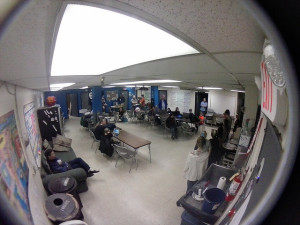
Challenges
Here are the three biggest challenges I have faced.
- Beyond Scratch – Scratch has been great for getting kids started no matter their skill or age, but it has been hard for me to get the younger kids past it. As the stats, half the kids that attend are 10 or younger, with many 7 and 8 year olds. Scratch works great for them, but there is a pretty big jump to typing out a language. Beyond learning the programming language they often have to fight against their typing skills, math skills and their ability to be precise and patient.
- Build Your Own Project – After going through the tutorials and learning the basics I have them try to make their own project. Some start on their own thing before this, others need the prompt or some help coming up with an idea. This seems to be the best way for the concepts to really stick and for them to figure out what they don’t know how to do. However, some can’t/won’t come up with an idea and then I am often at a loss with what to do. As much as I want them to come up with their own idea, I suppose I need to come up with 2 or 3 possibilities that they can start on and just give them the project.
- Presentations – When we first started we ended the meetings with presentations. As the kids starts getting into more complex projects we stopped and never really restarted. The ones that had something to show, never really seemed ready at the same time so they haven’t had as many chances to show off their work as I would like. I think I just to start a habit of setting up the projector and giving them the opportunity to present at the end of each meeting, even if no one is ready or decides to do it. That way they know if they are ready at the end they will have the opportunity to every week.
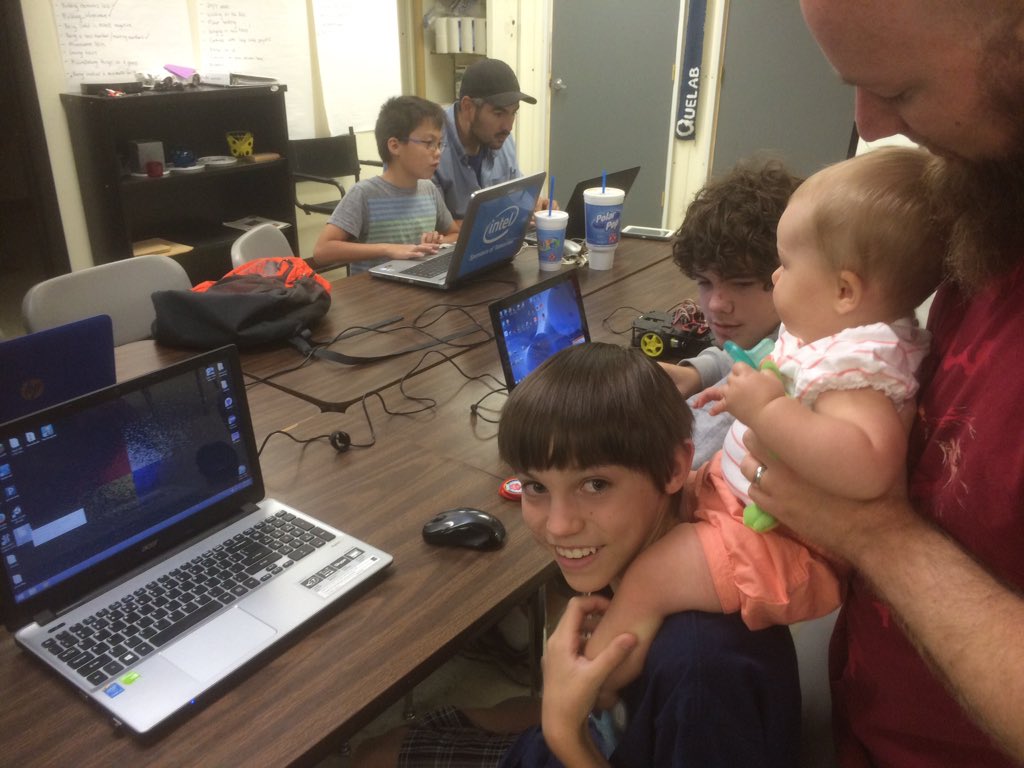
2016
For 2016 CoderDojo ABQ is going to switch to the 1st and 3rd Saturday of the month, still at Quelab and still 10 – Noon.
The first session for the year is January 16th and registration is on the CoderDojo Zen.
I look forward to an even better and more exciting year of coding with kids.

